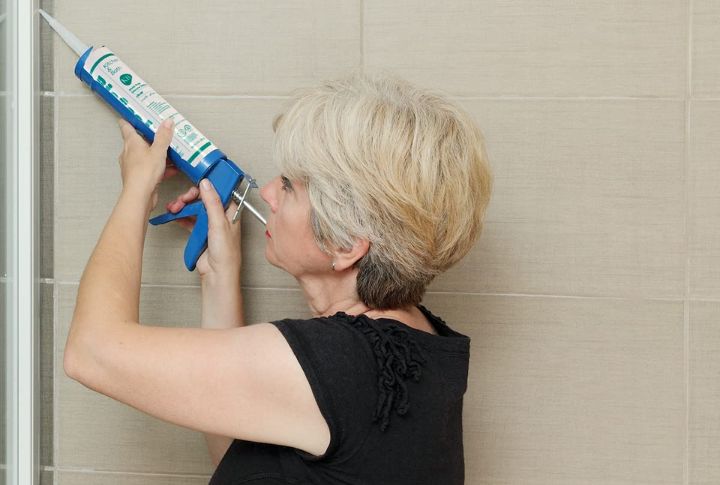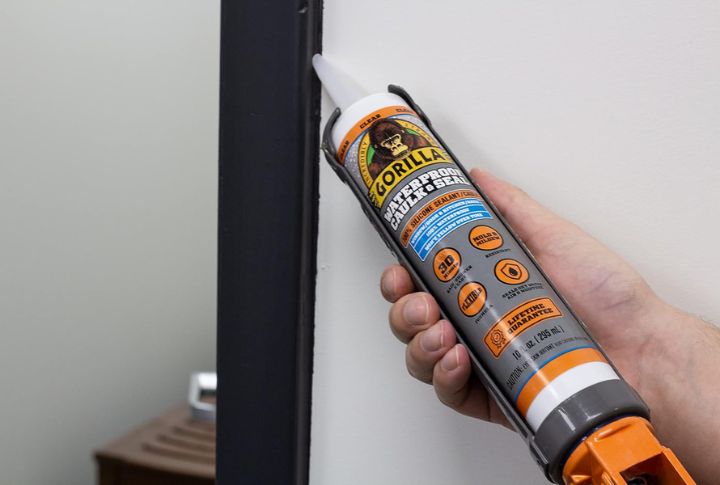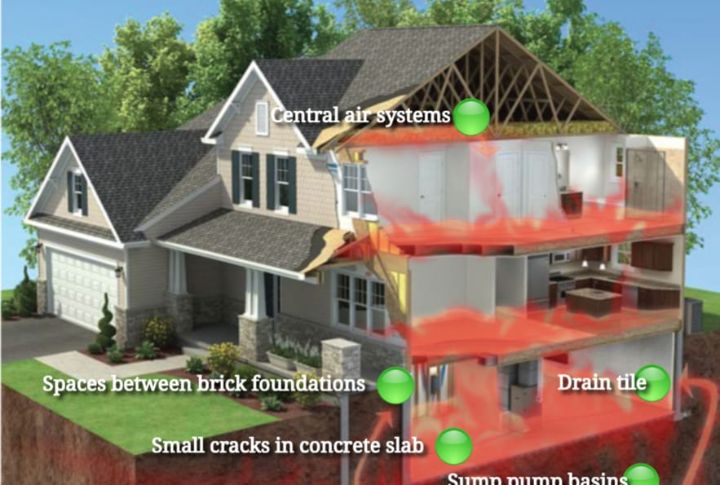
Radon gas might be creeping into your home silently. This naturally present radioactive gas can damage your lungs over time when inhaled regularly. If you want to know the ways to keep radon at bay, let’s explore some DIY tips to handle radon properly.
Start By Testing The Air

There are affordable kits that can reveal radon’s presence, and many options give quick results. So, skip the guesswork, visit your nearest store, and buy a radon test kit. It will help you know what your next steps should be.
Seal Any Cracks

Sealing cracks in walls and floors isn’t just for show. These tiny gaps are highways for radon. Silicone caulk works wonders here by creating a durable barrier. Fewer openings mean fewer sneaks inside, and this gives you one less thing to worry about.
Improve Basement Ventilation

The basement also needs to have some fresh air. You should install intake vents that can reduce radon concentration. Even opening windows occasionally helps dilute the gas. Fresh air is always a win, especially when it makes your home safer.
Go Passive With Suction Pipes

Have you ever heard of a passive sub-slab depressurization system? It’s simpler than it sounds. A vent pipe installed beneath your home directs radon outside before it seeps in. Bonus? It works without consuming electricity, which makes it eco-friendly and easy to carry.
Fans That Pull Double Duty

Active suction fans excel at removing radon by drawing it from beneath your home and venting it outside. These systems are quiet and reliable for long-term safety. Opt for energy-efficient models to reduce running costs while ensuring a healthier living environment for your household.
Focus On Sump Pumps

If your home has a sump pump, it could allow radon to enter. So, try to seal the lid tightly. It prevents the gas from escaping. Specialized radon covers are also available to maintain protection while ensuring the pump continues to function effectively.
Prepare The Soil

Before radon can enter your home, it has to travel through the soil. Here, you can step in and stop this from happening. Add a layer of polyethylene sheeting beneath flooring or gravel to block its path. It’s a brilliant trick to keep the gas underground.
Use A Heat Recovery Ventilator (HRV)

A heat recovery ventilator (HRV) improves indoor air circulation while reducing radon buildup. It circulates fresh outdoor air while removing stale indoor air, all without wasting energy. Installing an HRV is a smart way to enhance ventilation, lower radon levels, and keep your home’s air quality in check.
Create A DIY Radon Mitigation Pit

A gravel-filled pit near your home’s foundation can promote airflow and help radon disperse before seeping inside. While this method may reduce buildup, it doesn’t actively vent radon like a full mitigation system. Consider it an extra precaution rather than a standalone solution for long-term radon control.
Home Maintenance Matters

Radon levels can change due to weather or home updates, so regular testing is essential. Also, maintaining fans, seals, and electric ports ensures your mitigation system keeps working. It’s not a “set and forget” deal—small upkeep now prevents bigger issues later, keeping your home safe in the long run.
